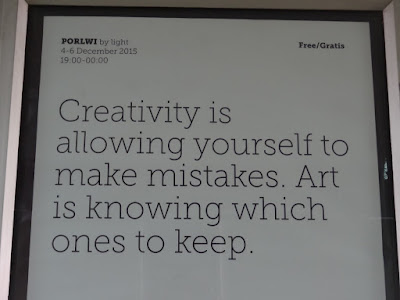lies in the Indian Ocean, due east of Madagascar, on what was once a land bridge between Asia and Africa. It is volcanic in origin and shaped like an oyster. While, it was certainly known to the Arabs at least 1,000 years ago, the island remained uninhabited until the late 16th century.
Portuguese sailors visited Mauritius in 1510 and called it Cisne (Swan), perhaps after the legendary dodo. They soon left and the island remained uninhabited until the Dutch took possession in the late 16th century, naming it Mauritius after Prince Maurice of Nassau.
The Dutch left in 1721 but had caused two changes: the introduction of slavery to work on the sugarcane plantations and the extinction of the dodo. Once the Dutch left, the French East India Company took over, renaming the island Ile de France and eventually turning it into a naval base for wars against the British. The Treaty of Paris in 1814 confirmed British ownership and the name reverted to Mauritius. Slavery was abolished in 1835 which led to the introduction of indentured Indian labourers. Chinese traders came at the beginning of the 20th century adding to the mix of people on the island.
In 1968 Mauritius became an independent country within the Commonwealth of Nations and in 1992 became a republic. Sugar exporting and tourism are important for the economy but very surprisingly, Mauritius is the world’s third largest exporter of swollen knitwear. Really hard to believe if you have ever been there in the summer!
The last time I was in Port Louis, the capital, in 2013, it was immediately following a disastrous flood. As I walked into the town, on the way to the market, there were divers going into the pedestrian underpass looking for bodies, and finding them.
This time, it was much more cheerful but even hotter than Reunion. Unfortunately, the ship was berthed in a container harbour and the the hotel department had not organised shuttle busses. So, we began to walk but that lasted only about 30 minutes before we turned back. Coming toward us was a minibus going into town. It had been chartered by the downtown merchants association of Port Louis but everyone was welcome as long as there was room.
First stop, the post office and postal museum with postcards for grandchildren and friends and a fridge magnet for me.
Then, on to the market where the inhabitants shop. It was even busier than I remembered, with gorgeous fruit and vegetables and some things which still remain a mystery. One long aisle, which I could not photograph, was filled with spices and smelled wonderfully exotic. After 4 hours I was ready to go “home” and just as we were about to share a taxi, the minibus appeared and drove us back to the ship.
Although it would have been better to have had a day in between Reunion and Mauritius to recover from the heat, it was still lovely.
cucumbers imported from Holland - the only non-Mauritius product I saw
The following posters were on the walls of the pedestrian underpass - the same underpass.
 |
| Add caption |
my nemesis - okra!
Back into the Indian Ocean, heading for Australia.














No comments:
Post a Comment